
Introduction
Cyanide - containing wastewater is generated from various industrial processes such as metal plating, steel case - hardening, and gold and silver ore refining. Due to the high toxicity of Cyanide, which can be lethal to living organisms even at low concentrations, proper treatment of such wastewater is of utmost importance. One of the critical aspects of effective cyanide wastewater treatment is the precise control of reaction conditions. This article will delve into the key reaction conditions and how to control them during the treatment of cyanide - containing wastewater.
pH Control
Significance in Different Treatment Processes
1.Alkaline Chlorination Process
Alkaline chlorination is a common method for cyanide wastewater treatment, and pH control plays a crucial role. The treatment reaction occurs in two steps. In the first stage, cyanide is oxidized to cyanate by sodium hypochlorite or a combination of chlorine gas and sodium hydroxide. The optimal pH range for this first - stage oxidation is typically between 10 and 11. If the pH is too low, turning acidic, the reaction may produce toxic cyanogen chloride, which poses a significant hazard. For instance, when the pH drops below 8. this harmful by - product can form. On the other hand, if the pH is too high, the reaction rate will decrease significantly. High pH values can affect the solubility and reactivity of the reactants, making the oxidation process less efficient.
2.Hydrogen Peroxide Method
In the hydrogen peroxide - based treatment of cyanide wastewater, the optimal pH range usually lies between 9 and 11. In this method, hydrogen peroxide decomposes in the presence of a catalyst (such as iron salts) to generate highly reactive hydroxyl radicals that oxidize the cyanide. The pH within this range promotes the decomposition of hydrogen peroxide and the formation of these essential radicals. If the pH is outside this range, the decomposition of hydrogen peroxide will be inhibited, reducing the overall oxidation efficiency.
3.Biodegradation Process
For the biodegradation of cyanide - containing wastewater, where microorganisms break down cyanide into harmless substances, the pH needs to be maintained between 6.5 and 8.5. Microorganisms have an optimal pH range for their metabolic activities. If the pH is too acidic or too alkaline, it can denature the enzymes involved in the cyanide - degrading metabolic pathways of the microorganisms. For example, if the pH drops below 6.5. many cyanide - degrading bacteria will experience a decrease in their growth rate and cyanide - degrading ability.
Methods for pH Adjustment
To control the pH, appropriate acidic or alkaline substances are added to the wastewater. Common acids used include sulfuric acid and hydrochloric acid, while common alkalis are sodium hydroxide and calcium hydroxide. The amount of acid or alkali to be added is calculated based on the initial pH of the wastewater and the target pH for the specific treatment process. Precise pH measurement is carried out using pH sensors, and automated dosing systems can be used to add the required chemicals accurately.
Temperature Control
Impact on Reaction Rates
1.Alkaline Chlorination and Hydrogen Peroxide Methods
Generally, an increase in temperature can accelerate the reaction rates in both alkaline chlorination and hydrogen peroxide - based treatment. However, the temperature needs to be carefully controlled. In alkaline chlorination, the optimal temperature range is around 20 - 30°C. If the temperature is too low, the reaction rate will be slow, resulting in incomplete oxidation of cyanide. For example, at temperatures below 15°C, the reaction between cyanide and sodium hypochlorite will take a significantly longer time to reach completion. On the other hand, if the temperature is too high, in the case of alkaline chlorination, chlorine gas may escape from the solution, reducing the effectiveness of the oxidizing agent. In the hydrogen peroxide method, temperatures above 35°C can cause the rapid decomposition of hydrogen peroxide, leading to the formation of oxygen gas instead of the desired hydroxyl radicals for cyanide oxidation.
2.Biodegradation Process
In the biodegradation of cyanide - containing wastewater, the optimal temperature range for most cyanide - degrading microorganisms is 20 - 35°C. Temperatures outside this range can have a significant impact on the activity of the microorganisms. At low temperatures (below 20°C), the metabolic rate of the microorganisms slows down, and they may not be able to efficiently break down cyanide. High temperatures (above 35°C) can damage the cell membranes and enzymes of the microorganisms, leading to cell death and a loss of their cyanide - degrading ability.
Temperature Regulation Techniques
To maintain the appropriate temperature, heating or cooling systems can be installed in the wastewater treatment reactors. For heating, steam - based heating systems or electric heaters can be used. In cooling, water - cooled heat exchangers or air - cooled condensers can be employed. The temperature is continuously monitored using temperature sensors, and the heating or cooling systems are adjusted accordingly to keep the temperature within the optimal range for the treatment process.
Oxidant Dosage Control
Determining the Right Amount
1.Alkaline Chlorination
In alkaline chlorination, the amount of oxidant (sodium hypochlorite or chlorine gas) required is calculated based on the reaction stoichiometry with cyanide. In practice, an excess of oxidant, typically 10 - 20% more than the theoretical amount, is usually added. This is to ensure complete oxidation of cyanide, as there may be other substances in the wastewater that can consume the oxidant. If the oxidant dosage is too low, cyanide will not be completely oxidized, and the treated wastewater may still contain high levels of toxic cyanide. On the other hand, if the dosage is too high, it not only increases the treatment cost but can also lead to the formation of unwanted by - products, such as harmful disinfection by - products when excessive chlorine reacts with other organic matter in the wastewater.
2.Hydrogen Peroxide Method
In the hydrogen peroxide treatment method, the optimal dosage of hydrogen peroxide is determined through laboratory testing. The dosage depends on factors such as the initial cyanide concentration in the wastewater, the presence of other interfering substances, and the type of catalyst used. Similar to alkaline chlorination, an insufficient amount of hydrogen peroxide will result in incomplete cyanide oxidation. However, an excessive amount of hydrogen peroxide can cause the decomposition of the generated hydroxyl radicals, reducing the overall treatment efficiency and increasing the cost.
Dosage Control Equipment
To accurately control the oxidant dosage, metering pumps are commonly used. These pumps can precisely deliver the required volume of the oxidant solution into the wastewater treatment reactor. Automated control systems can be integrated with the metering pumps, which adjust the dosage based on real - time monitoring of the cyanide concentration in the wastewater or the progress of the oxidation reaction (such as through ORP measurement, which will be discussed later).
Oxidation - Reduction Potential (ORP) Control
Role in Monitoring Reaction Progress
1.Alkaline Chlorination
In the alkaline chlorination process, ORP monitoring is crucial for tracking the progress of the oxidation reactions. As the oxidation of cyanide to cyanate and then further oxidation of cyanate to harmless substances occur, the ORP value of the wastewater changes. During the first - stage oxidation of cyanide to cyanate, the ORP typically increases. The target ORP range for this stage is around 300 - 500 mV (depending on the specific reaction conditions). When the ORP reaches this range, it indicates that the first - stage oxidation is close to completion. In the second - stage oxidation of cyanate to harmless substances, the ORP further increases, and the target range is usually around 600 - 700 mV. By monitoring the ORP, operators can determine when to stop adding the oxidant, ensuring that the reaction has gone to completion without over - oxidizing the wastewater or wasting oxidant.
2.Hydrogen Peroxide Method
In the hydrogen peroxide - based treatment, the ORP also serves as an important indicator of reaction progress. The initial ORP of the cyanide - containing wastewater is relatively low. As hydrogen peroxide is added and the oxidation reaction proceeds, the ORP increases. The target ORP range for the hydrogen peroxide treatment of cyanide wastewater is generally around 400 - 500 mV. When the ORP reaches this value, it suggests that the cyanide has been effectively oxidized to a non - toxic form.
ORP Monitoring and Control Systems
ORP sensors are used to continuously monitor the ORP value of the wastewater in the treatment reactor. These sensors are connected to a control system that can be programmed to adjust the addition of the oxidant. For example, if the ORP is below the target range, the control system can increase the dosage of the oxidant (such as hydrogen peroxide or sodium hypochlorite) being added to the wastewater. Conversely, if the ORP exceeds the target range, the control system can reduce or stop the oxidant addition.
Conclusion
Controlling reaction conditions in cyanide wastewater treatment is essential for achieving efficient and safe treatment of this highly toxic wastewater. Precise control of pH, temperature, oxidant dosage, and ORP can ensure that the treatment process effectively converts cyanide into less toxic or non - toxic substances. By carefully managing these reaction conditions, industries can not only meet environmental regulations but also optimize the cost - effectiveness of their cyanide wastewater treatment processes. Regular monitoring and adjustment of these parameters are necessary to adapt to variations in wastewater composition and treatment plant operating conditions.
- Random Content
- Hot content
- Hot review content
- Flexible Customer and Supplier Relations Specialist (Location: Thailand)
- T-610 collector Salicyl oxime acid derivative Content 3.5%
- Sodiumsulfite Technical Grade 96%-98%
- Food Grade Heavy Light Precipitated Calcium Carbonate Powder Granular 99%
- Fertilizer magnesium sulfate/magnesium sulfate monohydrate
- Maleic Anhydride - MA
- Food grade Antioxidant T501 Antioxidant 264 Antioxidant BHT 99.5%
- 1Discounted Sodium Cyanide (CAS: 143-33-9) for Mining - High Quality & Competitive Pricing
- 2Sodium Cyanide 98% CAS 143-33-9 gold dressing agent Essential for Mining and Chemical Industries
- 3Sodium Cyanide 98%+ CAS 143-33-9
- 4China's New Regulations on Sodium Cyanide Exports and Guidance for International Buyers
- 5Anhydrous Oxalic acid 99.6% Industrial Grade
- 6Oxalic acid for mining 99.6%
- 7Reagent Grade/Industrial Grade Hydrochloric Acid min.31%
- 1Sodium Cyanide 98% CAS 143-33-9 gold dressing agent Essential for Mining and Chemical Industries
- 2High Quality 99% Purity of Cyanuric chloride ISO 9001:2005 REACH Verified Producer
- 3 High-Quality Sodium Cyanide for Leaching
- 4Powdery emulsion explosive
- 5Industry Grade Electron grade 98% Sulfuric Acid H2SO4 Sulphuric Acid Battery Acid Industrial Sulfuric Acid
- 6Colloidal emulsion explosive
- 7sodium hydrosulfide 70% flakes used Mining Industry


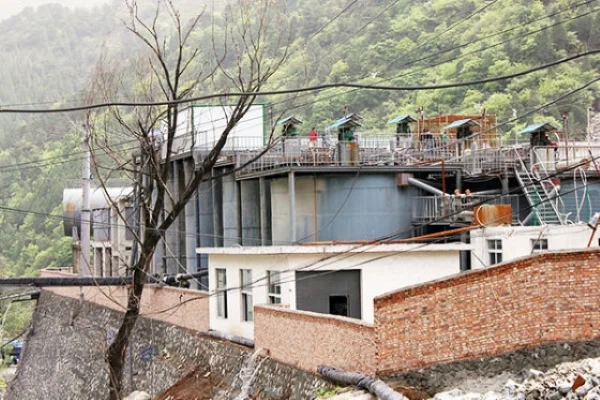
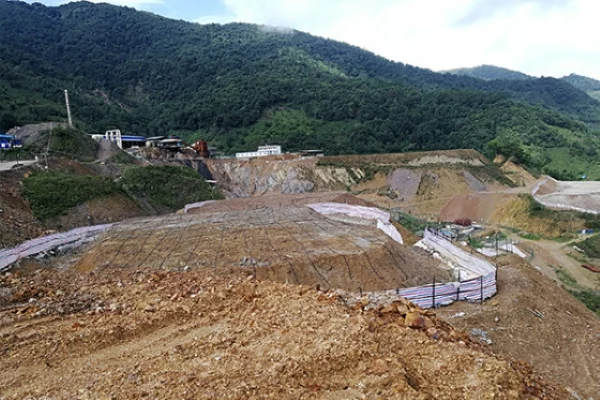
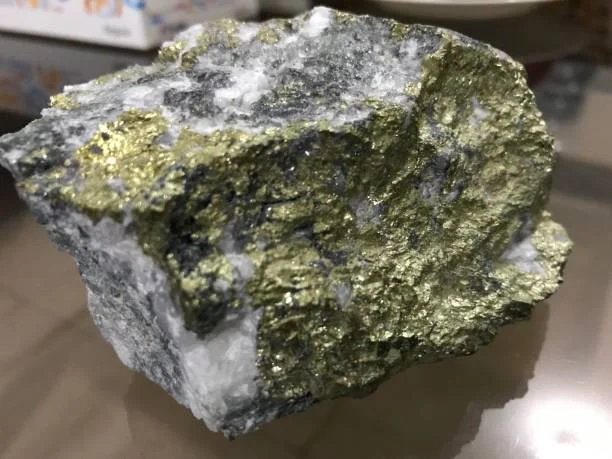
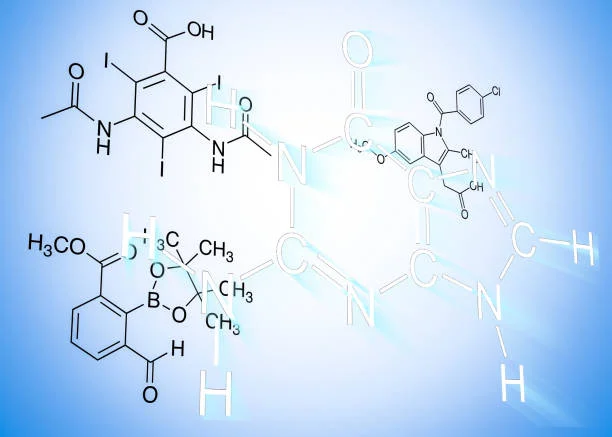
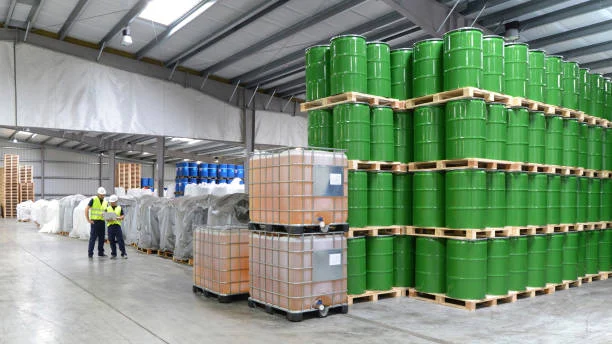

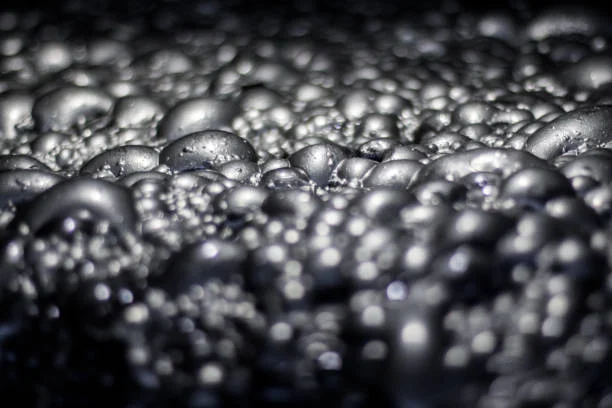



Online message consultation
Add comment: